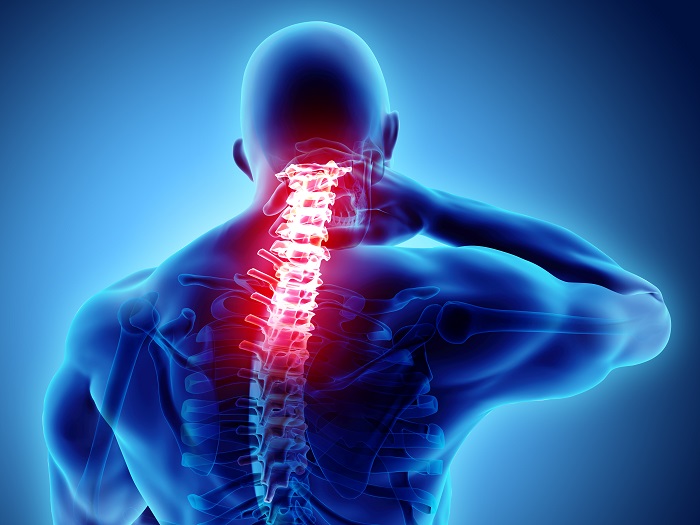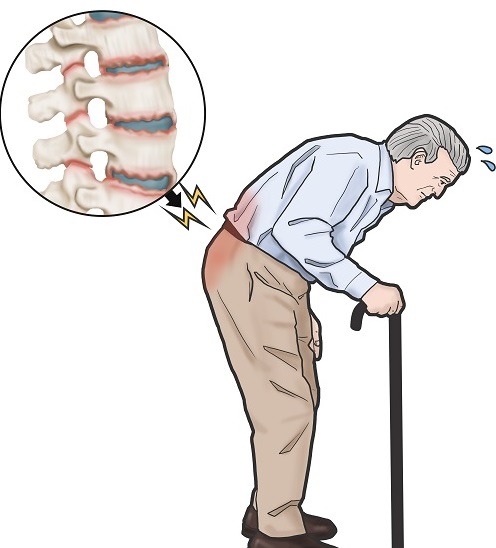About 10% of adult people suffer from neck pain at some point in their lives. Neck pain can only be localized to the neck or with arm pain. About a third of neck and arm pain recurs. The frequency of neck pain is less and less crippling than low back pain.
Who has neck pain?
Neck pain can be seen in all age groups. Neck pain is common in those who work in professions that can cause excessive strain of the neck. These professional groups are drivers, curtain makers, secretaries, computer long-term employees, surgeons and dentists.
What are the causes of neck pain?
A large number of disorders cause neck pain. Neck pain can originate from the bone and joint structures of the spine, as well as from soft tissues such as muscles, ligaments and nerves The main causes of neck pain are: Congenital anomalies, tumors, trauma, degenerative disorders (such as arthritis, neck hernia), infectious lesions (such as tuberculosis, brucellosis), soft tissue rheumatism, thoracic exit syndromes, inflammatory rheumatism (such as rheumatoid arthritis, ankylosing spondylitis) and psychological disorders. The most common cause of neck pain is the cervical strain, which is caused by excessive strain of the neck muscles. Although cervical strain can be improved with short-term rest, the use of painkillers and muscle relaxants may be necessary. In reducing pain and muscle spasms, physical therapy is quite useful. In order to prevent recurrences, bad posture should be corrected and muscle strength-boosting exercises should be performed.
Does neck pain require further examination and treatment?
If it does not pass with simple painkillers, if the severity of pain progresses over time, if there are signs of nerve pressure accompanying neck pain (findings such as numbness in the hand and arm, weakness, sensation defect, such as), if neck pain occurs especially at night, if there is an accompanying fever and weight loss, if there is a history of significant sensitivity and trauma with pressing in the neck area, further examination and treatment is required. Today, there are imaging methods such as computed tomography (CT) or magnetic resonance (MRI) that can view the neck area in detail.
How to treat neck pain?
The majority of patients with neck pain can recover with non-surgical treatment methods called conservative treatment (drug therapy, physical therapy and exercise, local or regional injections). Regardless of the cause of neck pain, it is possible to reduce or pass this pain. After determining the causes of neck pain, bad posture should be corrected in daily life, work ergonomics should be observed and muscle strength-enhancing exercises should provide forward protection and the frequency of neck pain should be reduced. Painkillers and muscle relaxants are used during the acute period when the pain is severe. Short-term cervical orthosis (neck brace) can be used in arm pains that accompany severe neck pain.
The correct diagnosis is very important in order to be able to treat the best way, without complicity in neck pain that can be passed with a simple treatment. For this purpose, it is very important for the patient with neck pain to contact the relevant specialist.
What should be considered to get rid of neck pain?
• Sit upright and walk upright.
• Support your waist and neck while sitting. Keep your head in neutral position without tilting or lifting excessively by sitting close to the table and counter while you work.
• Do not watch TELEVISION by lying on the armchair or sofa.
• Adjust the computer monitor at eye level. Don't stay at the computer for long.
• The pillow should not be too high or too low. When lying on your back, fill the gap behind the neck with a pillow. When lying on its side, pull the pillow to the neck root.
• Do not lie face down.
• Do not keep your neck in the same position for a long time. Perform light neck movements every 20-25 minutes.
• Exercise regularly.






